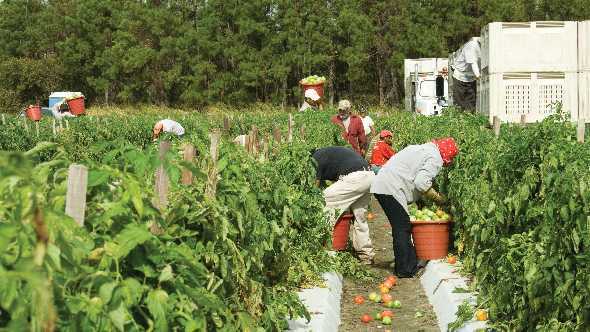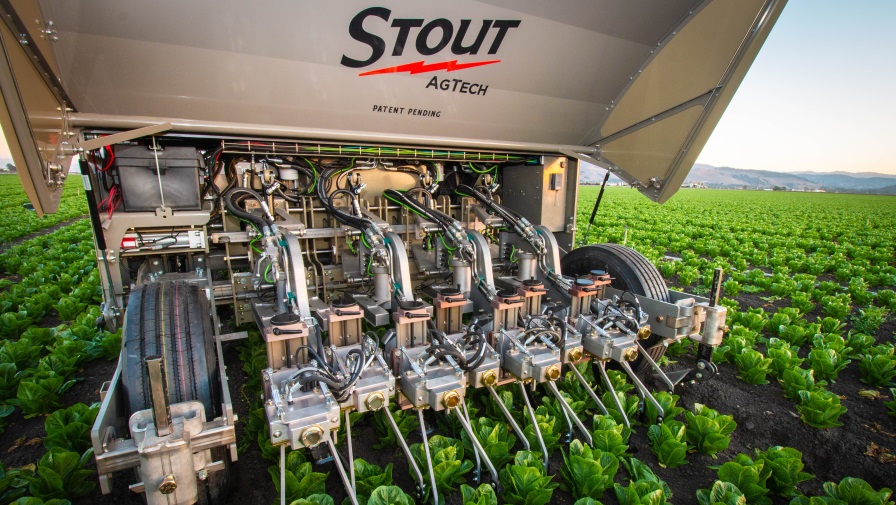Border Crisis Not Helping Farmers
As if the debate over comprehensive immigration reform was not difficult enough, the recent influx of immigrants, many of them unaccompanied children, from Central America has only made things more polarized.
Some estimates put the crossings in the hundreds of thousands during the past couple of years. As these people are spread out across the country in what looks more like detention centers than shelters, to call it a humanitarian crisis is an understatement.
Meanwhile, many of those who have drawn a hard line on border security and are against amnesty are even more steadfast in their stance, overloading the Capitol Hill phone system more than once as the debacle unfolds.
 Those on the pro-amnesty side have dug in their heels and await President Obama to take executive action to address the issue. At presstime, that action had not been taken, but whatever it might be, it is sure to only add to the contention felt by the other side.
Those on the pro-amnesty side have dug in their heels and await President Obama to take executive action to address the issue. At presstime, that action had not been taken, but whatever it might be, it is sure to only add to the contention felt by the other side.
Totally lost in the media coverage and political debate over the current immigration flare up are the needs of American agriculture, which for years has lobbied for any sort of reform that could help sustain a legal and reliable workforce to grow and harvest the nation’s crops.
Failed Leadership
According to Mike Carlton, director of labor relations for FFVA, what is happening now on the border shines a light on the failed leadership coming out of Washington, DC.
“Like other immigration issues that have cropped up from time to time, the current crisis on the border has provided significant cover for those in Congress who either don’t want to do the hard work it takes to create significant and useful immigration reform or who haven’t yet grasped the full extent of agriculture’s problem and the effect it will have on the nation’s domestic food supply and the country’s food security.
“The President seems to be committed to using executive action to affect the immigration issue. However, the immigration issues impacting most of labor intensive agriculture, such as the dysfunction of the H-2A guestworker program, are unlikely to be adequately addressed through executive action.”
Challenges In The Field
As both sides harden their position, growers face the same challenges and uncertainties as always. And in some cases, it is getting worse.
“Labor is without a doubt the single biggest concern facing our company and our industry as a whole,” says tomato grower Tony DiMare of Ruskin-based DiMare Fresh. “We must have an adequate and legal supply of labor.”
“The labor supply for the 2013-2014 season could be described as barely adequate, with the supply of domestic labor in agriculture continuing to shrink,” Carlton says. “The growth in usage of the complex H-2A agricultural guestworker program over the last two or three years is both an indication of the tightening of the domestic labor supply and the sole reason Florida’s ag labor supply was not critically short-handed.”
Unified Voice
Despite years of disappointments, farm groups have not given up hope in securing some level of reform that would help their grower constituents with mounting labor supply and
legal challenges.
“Most of the nation’s agricultural groups, under the umbrella of the Agricultural Workforce Coalition, are united in attempting to find a solution to our labor problem,” Carlton says. “The most complete solution will remain legislation that addresses agriculture’s unique labor needs and that goal will remain a priority. However, discussions continue to take place among the nation’s ag leadership to seek any solution available.
“Agricultural immigration reform is not only a humanitarian issue in itself, it is an economic issue and a job-saving issue. Every job in the field supports two or three mainstream jobs in industries such as banking, transportation, and services to name a few and those jobs continue to be at risk as long as Congress fails to act.”










